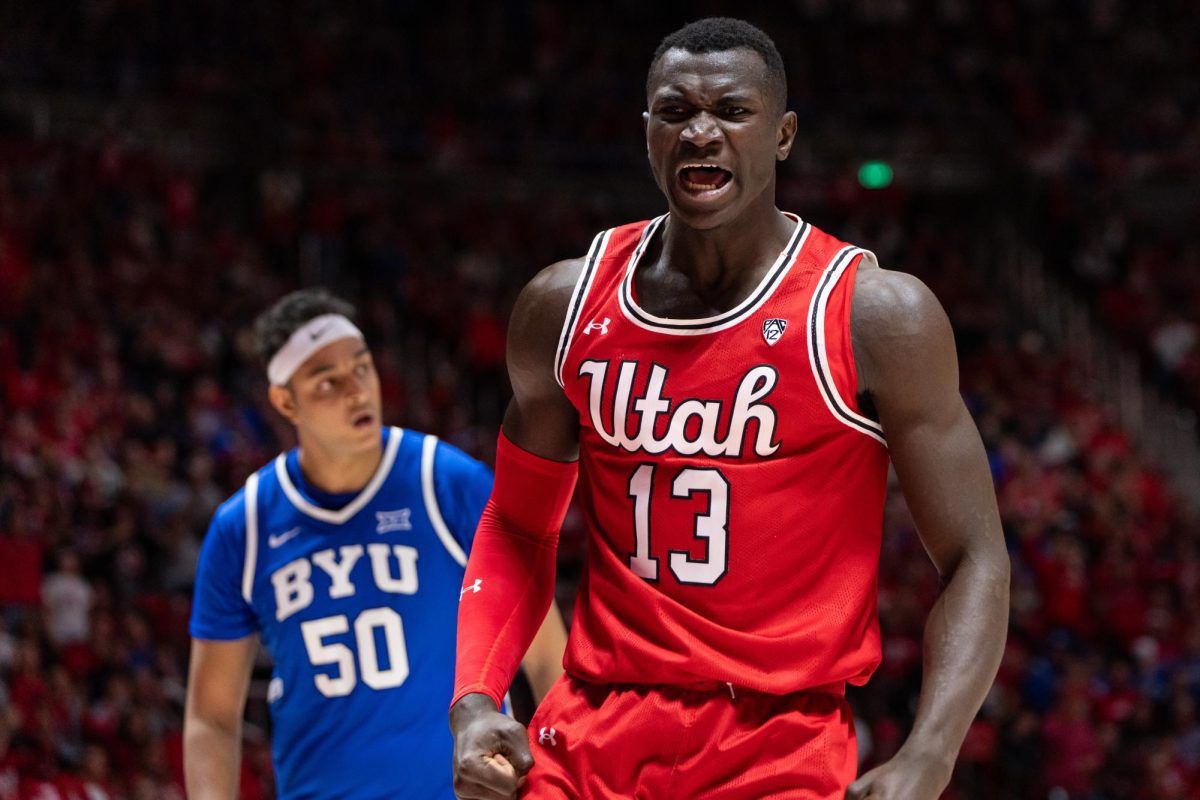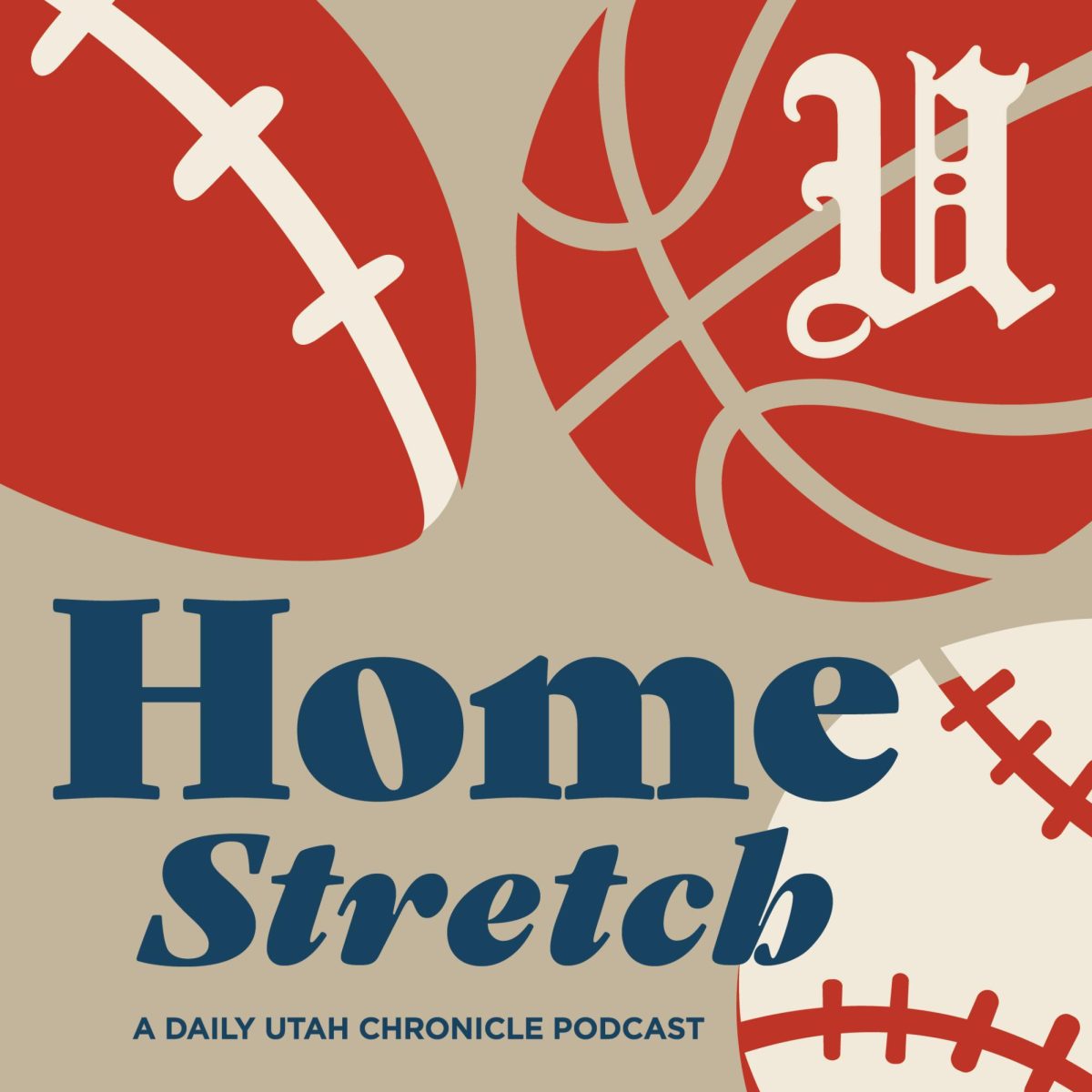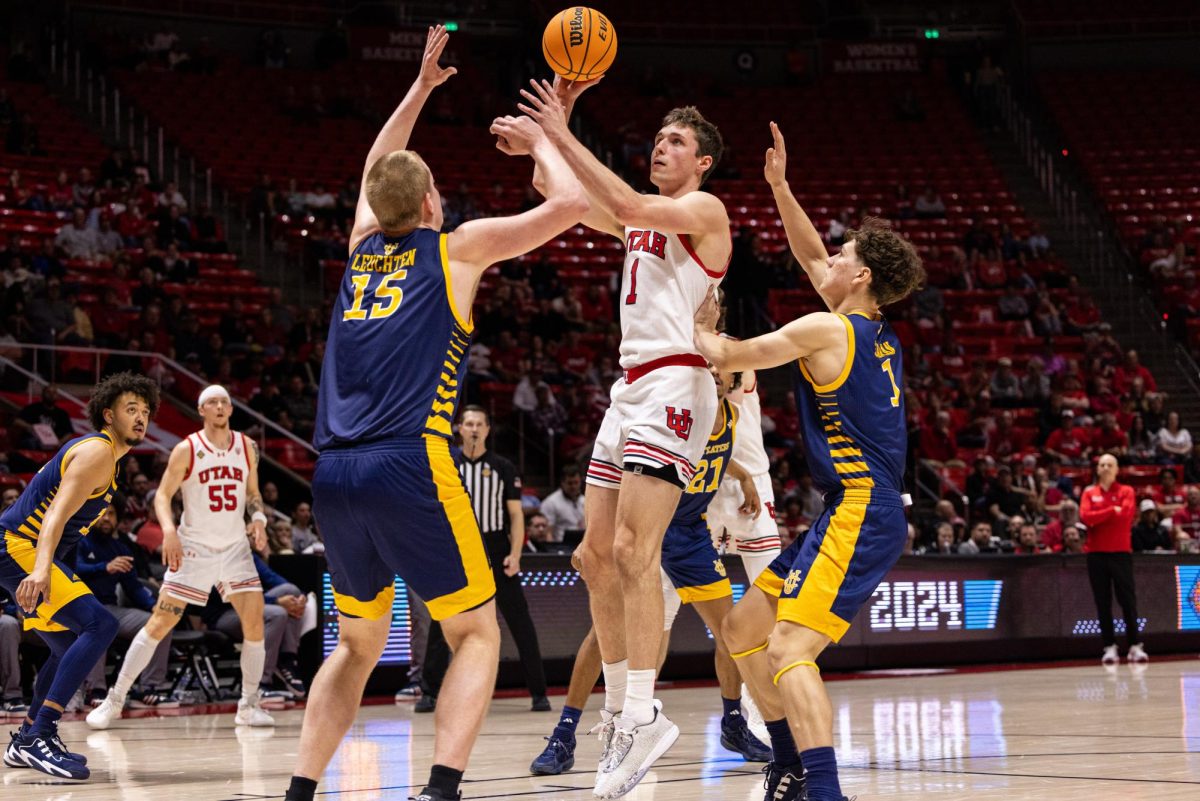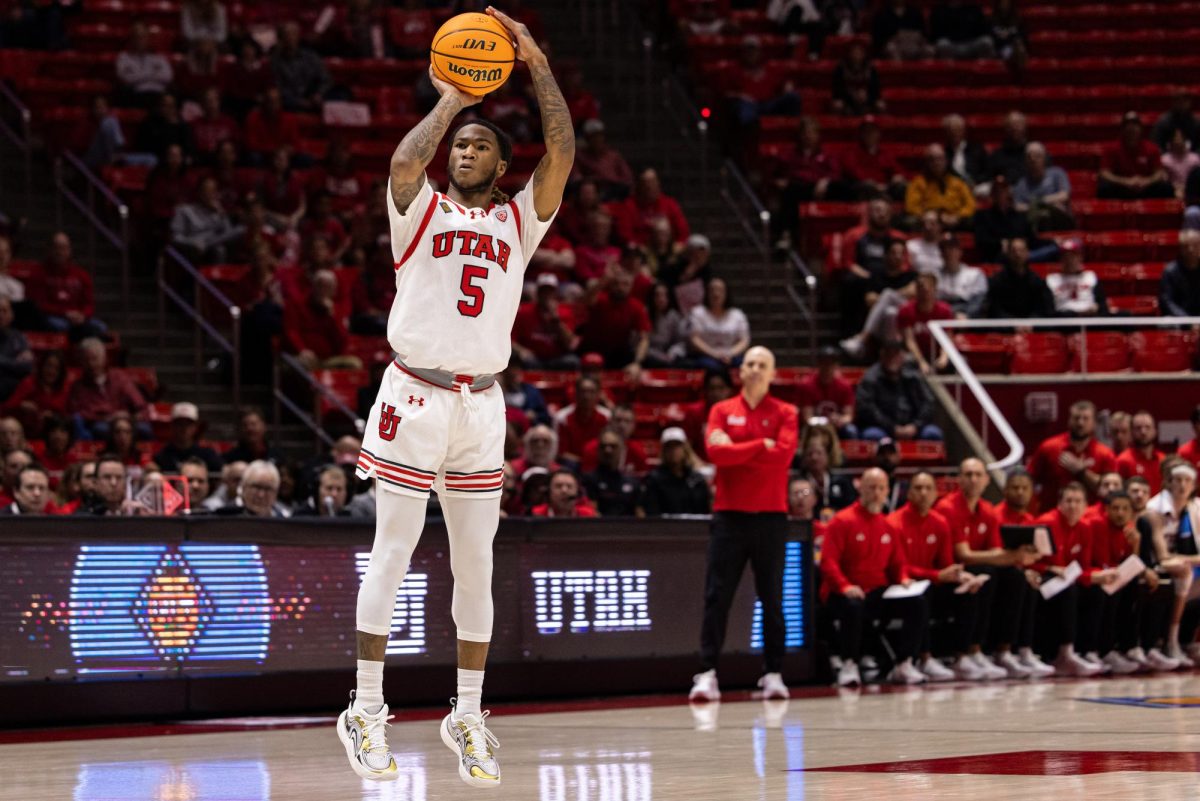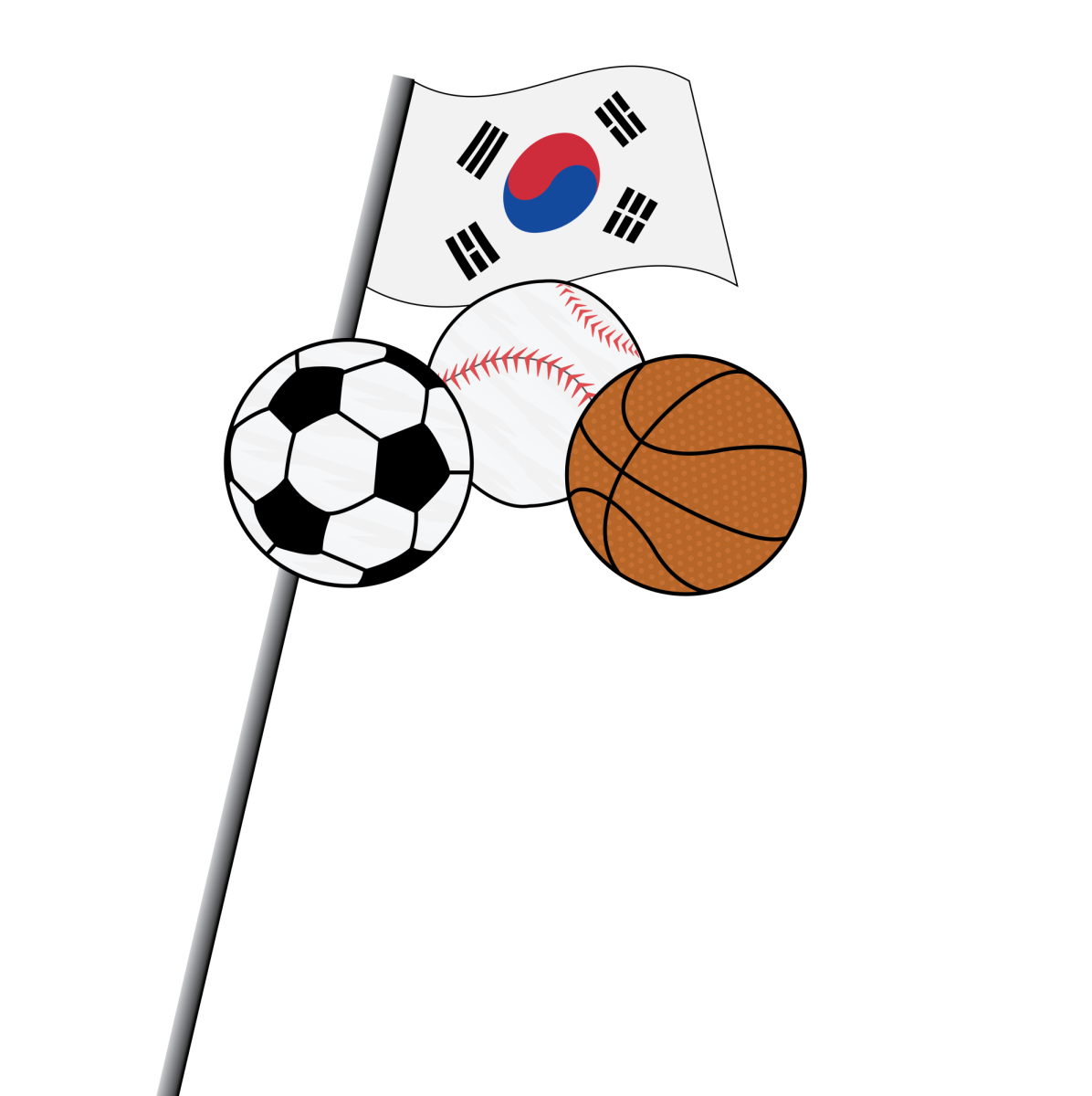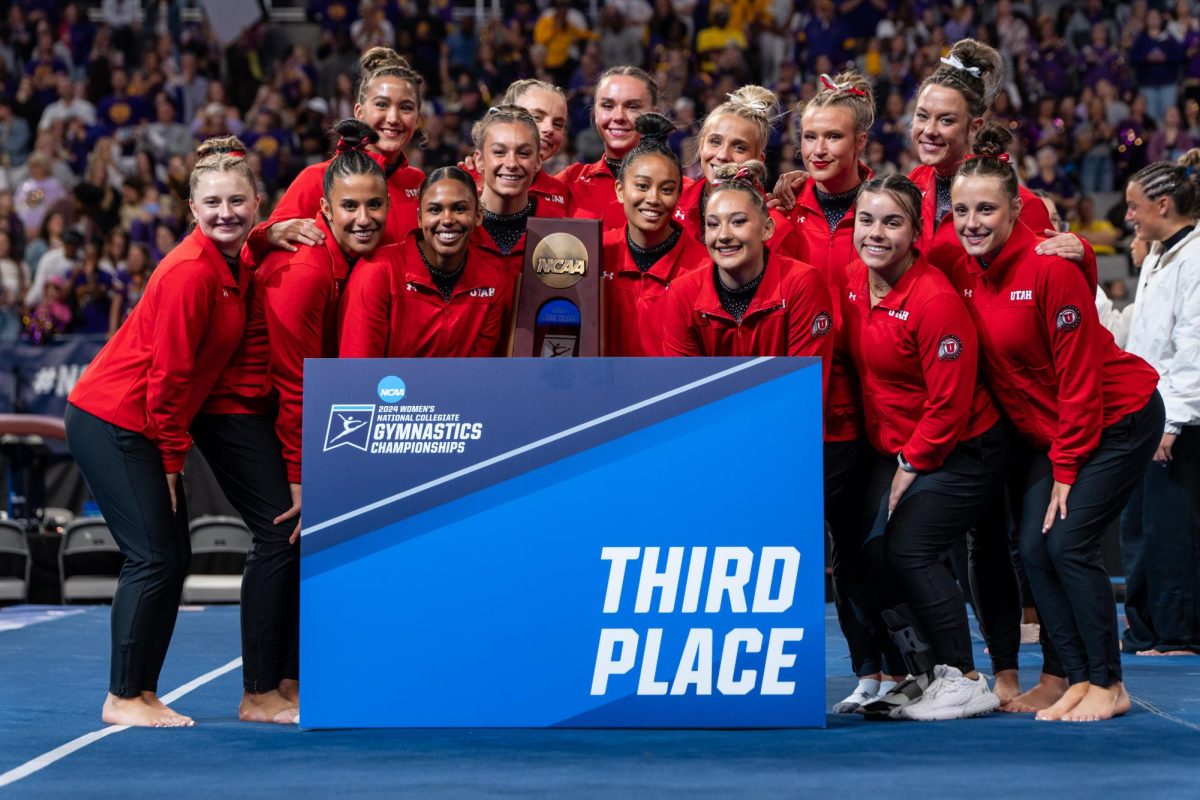It all started in his home state of Virginia.
Charles Stephenson was a collegiate athlete at the College of William and Mary where he was working on earning his bachelor’s degree in physical education. While he was playing baseball there, he began lifting weights on his own time. In order to train properly, he had to study how to do so.
“I saw how it helped me become a better baseball player, and so I’m like, ‘This stuff’s cool,’” Stephenson said.
The hours he spent improving his performance on the diamond by spending time in the weight room was something he enjoyed. It became a passion he couldn’t let go of. Little did he know his future job would be the University of Utah’s first-ever men’s basketball-specific strength coach.
The Journey
After graduating with his bachelor’s degree, Stephenson earned his master’s degree from the University of Virginia in exercise physiology in 1989. He was an assistant strength and conditioning coach at UVA from 1987-94 for football, wrestling and baseball. He then left UVA for Auburn University, where he spent two years as the strength coach for basketball and swimming before making another move. Stephenson spent a bulk of his coaching days with the basketball team at North Carolina State University where he was the strength coach from 1996-2011.
Stephenson survived a couple of coaching changes at NC State, but in May of 2011, another coaching change took place that he wasn’t able to outlast. Mark Gottfried was brought in as the head coach and a new administration was put together.
“If I’m going to pay you $2.5 million and you have three or four years to make sure you’re worth what I’m paying you, you’re going to bring in people you trust and people you know how to work with,” Stephenson said. “You have this mindset, where I’ll just clean everybody out and I’ll bring in everyone I know for myself.”
For about a year, Stephenson was without a job up until a position for a strength coach at Utah opened up. He applied and was offered the job.
“My explanation for that is that we had just joined the Pac-12. We just hired a new coach. Now we’re a Power Five school,” Stephenson said. “So now you have to act like a Power Five and you have to build great facilities and have nutrition things and you got to spend money, so I’m the first basketball [strength] coach solely that they’ve ever had and it’s not because of me, it’s because they’re in the Power Five.”
Walking in Stephenson’s Shoes
Although a fair portion of Stephenson’s job requires him to be face-to-face with the athletes, there are some things he does for the team behind closed doors. His responsibilities as the strength coach include taking time in the mornings to plan travel menus, with the help of sports nutritionist Lauren Jones. He also gets in touch with hotels, does banquet orders, signs contracts and figures out times for the team to eat when they are on the road.
Usually two to three times a week during the season, Stephenson will help the Utes with workouts in the weight room. Stephenson said because they are under time constraints with practices and games, the training sessions are short, but valuable.
For guard Justin Bibbins, having a strength coach like Stephenson is important because he is motivating, and he makes sure what needs to be accomplished is done correctly. Bibbins came to Utah wanting to strengthen his upper body and maintain his weight of 150 pounds. Stephenson is always checking on Bibbins’s weight and watching his speed to make sure the weight Bibbins gains isn’t slowing him down.
“He gives us a pep talk every time we walk into the weight room so it gets us going,” Bibbins said. “And while we’re doing exercises, [he’s] making sure we do the right things so we don’t hurt our bodies, but strengthen our bodies.”
The team follows a structure to get things done ahead of time to help with Utah’s performance. Before practices, managers set out vitamins and snacks so the Utes can fuel their bodies. During practice, Stephenson can be found on the court observing “strains and stresses” somebody might be under. It’s what takes place after practices that many people aren’t aware is a part of his job. However, it’s something that can help guide the team in a positive direction.
By the Numbers
After every practice, the players let Stephenson know the rating of how they felt that day on a scale of 1-10. The team calls this the “rating of perceived exertion.” The higher the number, the more challenging the practice. For example, if an athlete said four, that means practice was somewhat difficult, a five is hard and a 10 is the toughest. Stephenson then takes the scores and puts them in an excel spreadsheet where he multiplies that score by the length of practice. Once he has a number (which equals the team’s total load), he throws it into a database.
Exercise physiologists came up with this way to measure demand/load, and Stephenson said people tend to be consistent with the rating they give.
“Even though it’s subjective, it’s proven that it’s really reliable and it’s really robust information even though [they’re] telling me how hard [they] think it is,” Stephenson said.
Based on the data and analytics, he knows when a practice has been the toughest one of the season because the numbers show it. He collects these numbers to inform the coaches so they can evaluate what has been done in practice. Stephenson said the assistants ask him more than head coach Larry Krystkowiak does if guys are wearing down — if too much is being done, that’s when the data comes in handy. Instead of him guessing, he looks at the numbers to guide him in advising. He also said he feels the responsibility to throw in a reminder every now and then about the practice results he has gathered so the coaches know how the team is feeling and can plan upcoming practices accordingly.
“Some coaches would just follow this like, ‘Okay, I’m going to make sure it hits this mark,’ but Larry goes by feel,” Stephenson said. “So you’re kind of helping him make sure his feel is right, and it’s pretty darn good. He knows without me telling him.”
According to Stephenson, in December the Utes needed to register high numbers so that instead of going flat during Pac-12 play, they will slowly go down over the course of January, February and March.
“As we get into Pac-12 we need to do less because it’s more physically demanding — the games — and it’s also the whole year is wearing on you,” Stephenson said. “But there has got to be high days and there’s got to be high periods.”
The numbers Stephenson enters into his computer are solely used for practices. He doesn’t look at those numbers to decide what gets done during weight lifting sessions. He knows what the Utes do in the weight room wears on them, but the coaches decided to factor that out of the equation. Analyzing data from a demand of practice standpoint and not how many shots were made or how many turnovers there were is an important aspect of Stephenson’s job.
The Payoff
From morning menu planning to collecting numbers after practice and everything in between, Stephenson said it’s rewarding to see how these things help the athletes develop physically and emotionally as they gain confidence and leadership skills.
“Because it’s athletics and it’s ever-changing and it’s always new and you’re around young people, you don’t get bored,” Stephenson said. “You’re always given different circumstances, different teams, different dynamics.”
@Britt_Meservy







